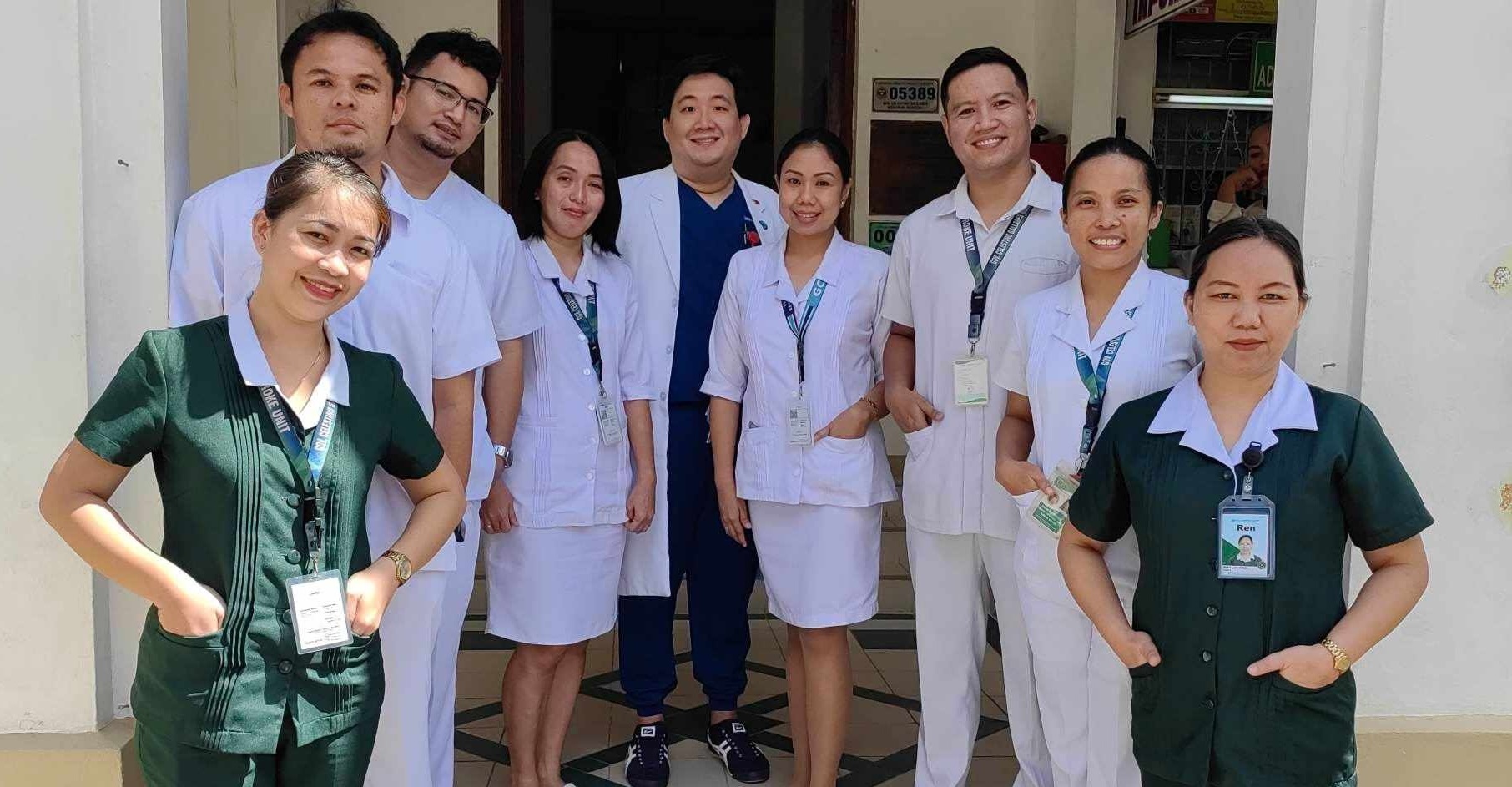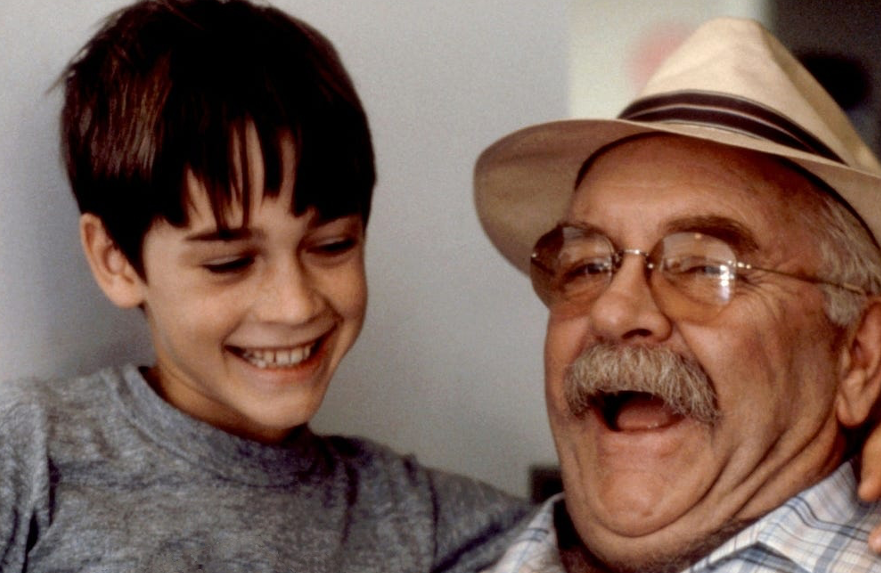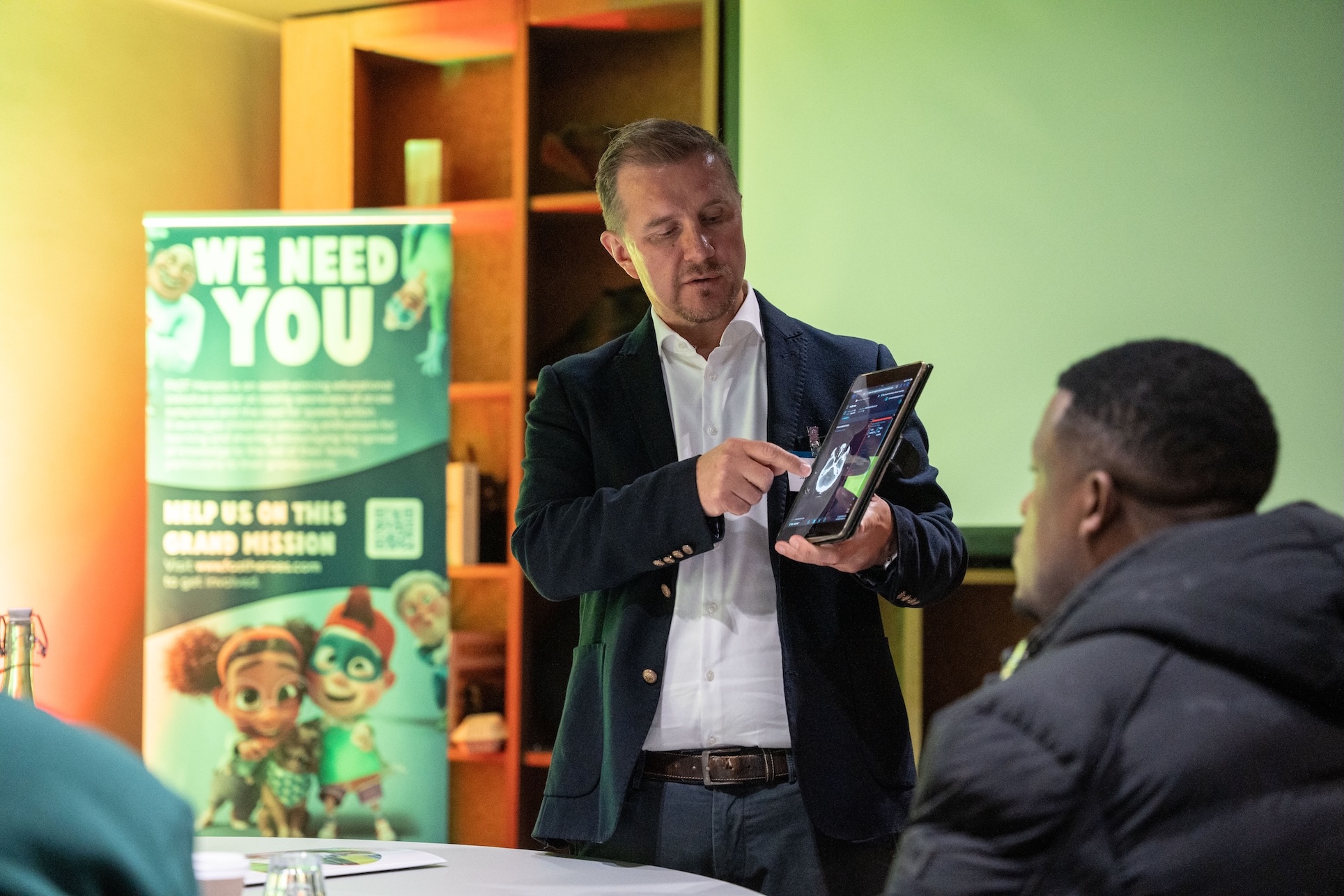
필리핀 중앙 비사야스 지역의 섬 주인 보홀에 있는 Celestino Gallares Memorial Medical Centre의 Dr. Christian Emmanuel Lim은 “뉴스가 저와 같은 마을에서 빠르게 퍼집니다.”라고 말합니다.
그가 말하는 "마을"은 섬의 수도이자 관문인 Tagbilaran City입니다. 이 도시는 4세기 반 전 현지 원주민 대장과 스페인식 식민지 식민지 식민지가 맺은 유명한 조약을 바탕으로 한 자습식 “평화와 우정의 도시”입니다. 오늘날에는 필리핀에서 가장 진보적인 도시들 중 하나이며, 2019년 7월 1일을 따랐던 시절에는 헬레스트 Celestino Gallares Memorial Medical Centre(GCGMMC)가 이 도시의 강연이었습니다.
Tagbilaran City는 림 박사의 고향입니다. Siliman University에서 의학 연구를 완료하고 2018년 필리핀 수도 마닐라에서 신경학을 전문으로 한 후, 그는 바로 여기로 향했습니다. 바로 섬에서 단 두 명의 신경과 전문의 중 한 명이며 공공 의료 시스템에서 정규직으로 근무하는 유일한 한 명입니다.
GCGMMC는 3차 병원이지만 림 박사가 2019년 초에 도착했을 때 뇌졸중에 대한 전문 치료를 받지 못했으며, 이는 모든 신경학적 증례의 약 70%를 차지합니다. 그는 Angels 이니셔티브에 연락하여 뇌졸중 간호사를 위한 교육과 데이터 기반 개선을 우선시하는 혁신 프로그램에 도움을 요청했습니다.
도착한 지 6개월 후, 혀가 떨리는 사건은 GCGMMC가 첫 뇌졸중 환자를 혈전용해술로 치료했다는 것이었습니다. 그들이 말한 대로 정확하게 치료했습니다. “세미나가 끝난 지 반 년이 지난 후 우리가 말한 것이 사실이라는 것을 보여주었고, 우리가 말한 대로 할 수 있다는 것을 알았습니다”라고 Dr Lim은 말합니다.
림 박사와 그의 팀은 뉴스가 자신과 같은 마을에서 빠르게 확산되는 정확한 이유로 첫 환자를 인내심을 가지고 기다리고 있었습니다. "성공해야 했고, 모든 노력을 낭비해야 했습니다."라고 그는 설명합니다.
그 후 7월 1일 월요일에 아버지가 뇌졸중을 앓았다고 병원 간호사 을 부르는 간호사가 있었습니다. 그는 자신을 데려와 병원에 데려오기 위해 길을 가고 있었습니다.
GCGMMC의 뇌졸중팀 교육을 받았지만 아직 테스트를 받지 않았습니다. 이제 응급실에서 동료와 아버지를 만나러 서두르면서 모든 교육이 시작되었습니다 응급실. 환자가 퇴원하기 전에도 보홀 섬에 뇌졸중 치료 인증 병원이 있다는 말이 나왔습니다.
GCGMMC의 급성 뇌졸중 병동의 간호사 관리자인 Vanessa Alonso는 이 뜻밖의 시작을 통해 간호진이 화합했다고 말합니다.
“혈전용해술의 놀라운 효과를 목격하는 것은 우리의 결단을 고취시켰고 지식과 개선을 위해 더 열심히 노력하게 했습니다. 우리는 역량을 추구하기 위해 광범위한 뇌졸중 관리 교육 세션을 조직했습니다. 유감스럽게도, 팬데믹의 출현으로 이러한 계획이 중단되어 첫 번째 중요한 도전 과제가 되었습니다. 그러나 대면 회의의 수행을 방해하는 것은 학습에 대한 우리의 약속을 방해하지 않았습니다. Angels의 귀중한 지원을 받아 온라인 과정과 시뮬레이션, 가상 강의, 코칭 및 멘토링 세션에 참석했습니다.
"Angels 또한 뇌졸중 경로를 최적화하는 데 팀을 이끌었습니다. 이와 관련하여 뇌졸중 치료 품질 개선 레지스트리(RES-Q)는 우리의 발전에 크게 기여했습니다. 이 도구는 뇌졸중 치료 성과를 모니터링하고 격차를 식별하며 필요한 조정을 구현하는 데 도움이 됩니다.”
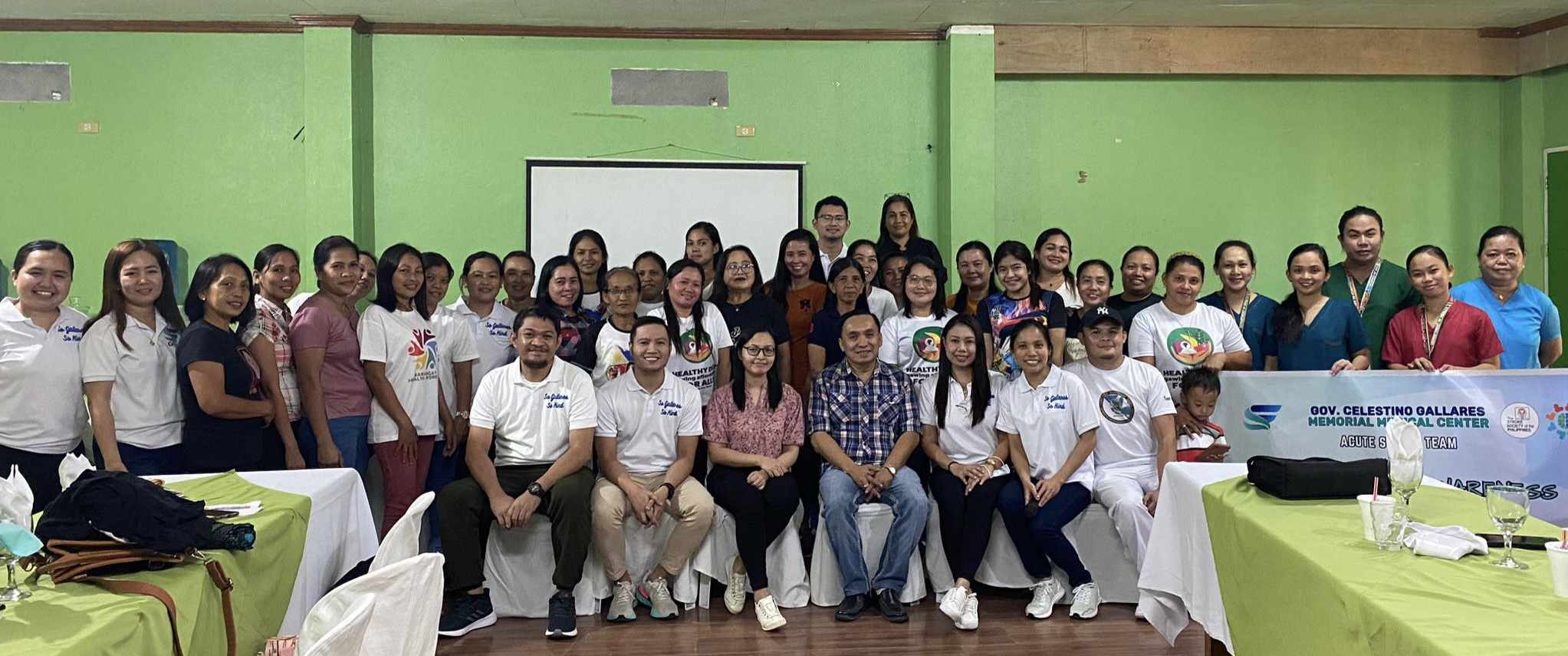
성공은 조기에 이루어졌습니다. GCGMMC는 2020년 말에 첫 번째 WSO Angels 금상을 수상했으며, 2022년 중반까지 첫 번째 다이아몬드상을 수상했습니다. 2023년 4분기에 다이아몬드 등급에 도달한 후 8개의 다이아몬드 상을 수상한 필리핀 병원 3곳 중 한 곳이 우수성의 중심지로 선정되었습니다.
“팀의 노력입니다”라고 Dr Lim은 강조하며 말합니다. “모든 전문 분야의 보안 요원부터 응급실, 방사선과, 병리학, 약국, 간호사 및 의사에 이르기까지 모든 사람이 참여하게 되면, 우리의 표준을 유지하기 위해 서로의 반응을 지속적으로 평가합니다.”
2024년 3월, GCGMMC는 필리핀 뇌졸중 학회 및 Angels 이니셔티브의 이니셔티브인 두 번째 뇌졸중 간호사 마스터클래스 2024를 개최했으며, 이 이니셔티브는 3년 이내에 인증을 받을 200명의 간호사를 개발할 것입니다. 3월에 Tagbilaran에서 첫 번째 모듈을 완료한 60명의 간호사는 Visayas 지역의 15개 병원에서 근무했습니다.
교육 간호사는 보홀 지방에서 뇌졸중 치료를 확대하기 위한 Dr Lim의 전략의 출발점이기도 합니다. Tagbilaran City는 섬 남서부에 위치하고 있습니다. 반대편 코너에는 Don Emilio Del Valle Memorial Hospital이 보홀의 두 번째 뇌졸중 치료 병원이 될 유베이가 있습니다. 지금까지 Ubay의 간호사 4명이 Arthur Mendez가 이끄는 뇌졸중팀 준비한 GCGMMC에서 3개월 간의 교육을 받았으며, 3월에 뇌졸중 간호사 마스터클래스에 참석했습니다. 이를 통해 림 박사는 모든 Boholanos가 증거 기반 뇌졸중 치료에 동등하게 접근할 수 있도록 하는 목표에 한 걸음 더 가까워졌습니다.
목표를 이해하려면 섬의 토포그래피를 고려해야 합니다. Bohol은 여름에 갈색으로 변하는 1,200개 이상의 원뿔 모양의 석회암 언덕으로 구성된 인디테일 Hills로 굴러가고 언덕이며 세계적으로 유명합니다. 림 박사는 "우리에는 산이 있습니다."라고 말합니다. 따라서 우베이는 타그빌라란에서 100km 떨어진 곳에 있을 수 있지만, 도로 여행에는 최소 2시간이 소요됩니다. "페라리 레이서처럼 앰뷸런스 운전자가 경주하는 것"이라고 그는 덧붙입니다.
Don Emilio Del Valle이 뇌졸중 치료 준비가 되면 섬의 모든 사람들이 급성 뇌졸중 치료를 받은 후 90분 이내에 도착하게 됩니다.
림 박사는 “우리는 뇌졸중 관리를 도울 수 있는 의사를 일부 파악했지만 응급실과 뇌졸중 병동에서 훈련된 간호사가 필요합니다.”라고 말합니다. “항상 원격 뇌졸중을 할 수 있지만 지상에 간호사가 필요합니다.”
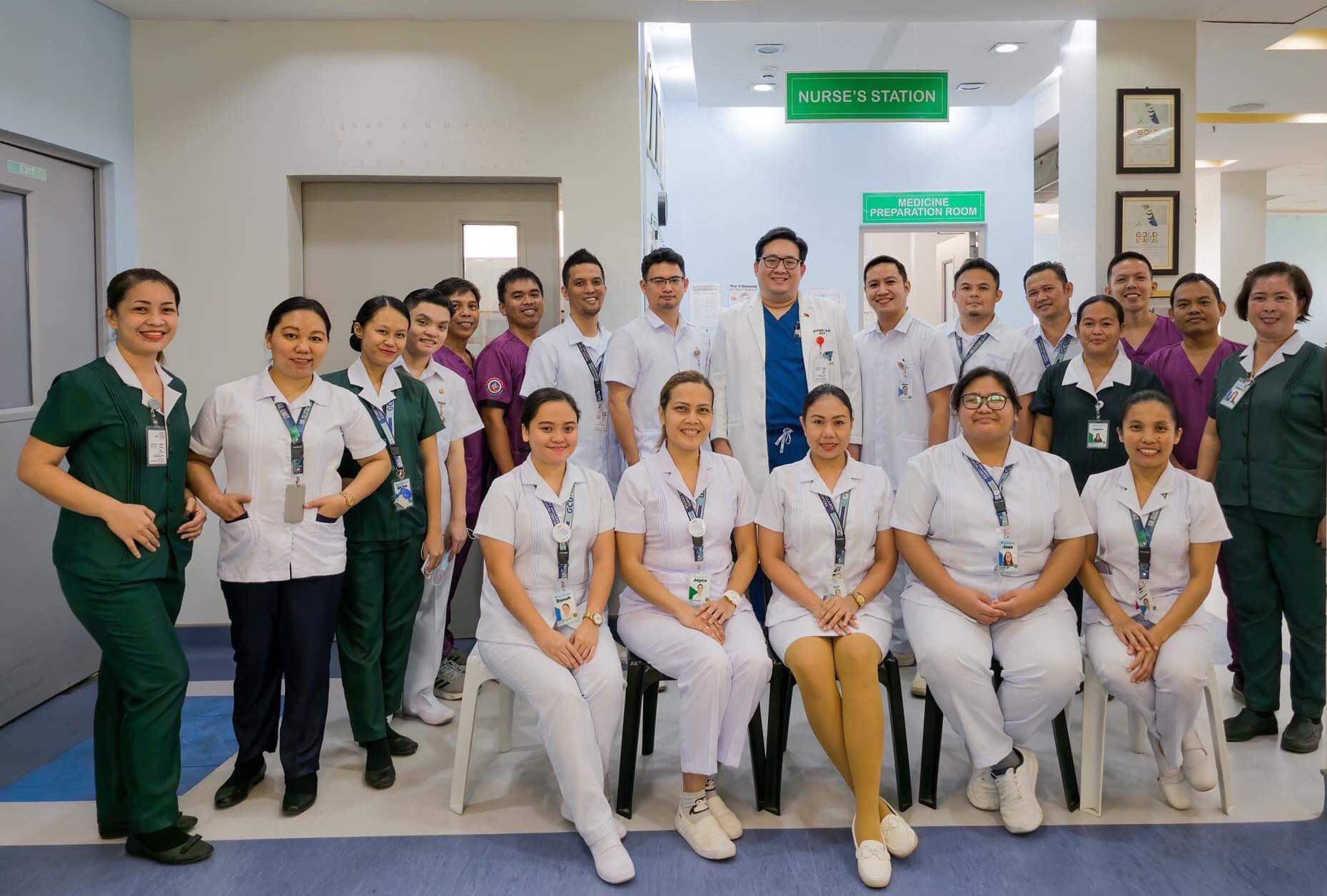
또한 뇌졸중의 징후를 인식하고 혈전용해술 허용범위 내에서 도움을 구하는 것이 얼마나 중요한지 알 수 있는 정보에 입각한 대중이 필요합니다. 이는 GCGMMC 팀이 창의성과 회복력으로 받아들인 도전 과제라고 Nurse Alonso는 말합니다.
“우리는 학교, 베랑가이 및 기타 병원에서 뇌졸중 인식 캠페인을 조직했습니다. 우리는 다른 지자체와 연결하여 그들이 우리 병원이 제공하는 서비스를 인식하고 있으며, 위기 상황에서 신속하고 조율된 대응을 보장하기 위해 응급 관리 시스템과의 관계를 강화했습니다.”
예방 및 조기 발견의 메시지는 온라인 플랫폼, 라디오 방송 및 타운홀 회의를 통해 확산되며, 덜 공식적으로는 수술, 산부인과, 정형외과 등을 포함한 다른 병동에서 환자와 간병인에게 확산됩니다. 또한 학교 교장과 교사를 통해 학교 아동에게 다가갈 계획도 있습니다.
인식 활동의 효과를 공식적으로 측정하지는 않았지만, 그 영향은 병원 문에서 느껴지고 있습니다. 림 박사는 미래를 살펴볼 수 있는 기회라고 말합니다.
그는 “시작 시 한 명의 환자가 매달 제시간에 도착했으며, 이제 매달 7, 15명, 최대 20명의 환자를 혈전용해하고 있습니다.”라고 말합니다.
환자가 혈전용해술 후보자인 경우 림 박사가 하지 않을 일은 동의를 요청하는 것입니다. 반대로: “치료를 거부하는 경우, 면제에 서명하도록 요청합니다.”
그의 병원이 우려하는 한, 혈전용해술은 표준 치료이며, 그는 귀하가 공기로 인해 가스를 피우는 경우 산소 공급에 대한 귀하의 허락을 구하는 것보다 더 이상 귀하의 동의를 요청하지 않을 것입니다.
필리핀에는 아직 신뢰할 수 있는 뇌졸중 발생률 데이터가 없지만, 림 박사는 이것이 일반적으로 생각했던 것보다 더 높다고 믿습니다. 그는 "하루 평균 8회의 뇌졸중을 보이며, 최소 1명의 뇌졸중 환자 없이는 하루를 지낼 수 없습니다."라고 말합니다.
개발도상국의 주요 도시 외부의 많은 공립 병원과 마찬가지로, GCGMMC는 일상적으로 150~200%의 직업으로 운영되며, 이는 의료 종사자와 병원 자원에 큰 부담을 가합니다. 이 부담에 대응하기 위해 5년 전 병원은 과로된 직원들이 운동을 하는 것 이상을 하도록 장려하기 위해 “소 갈라레스, 소 킨드”라는 만트라를 채택했습니다.
림 박사는 다음과 같이 설명합니다. "우리는 최상의 치료를 제공하기 위해 노력합니다. 양질의 케어의 특성 중 하나는 친절의 가치입니다. 이 만트라는 우리가 바쁘긴 하지만 여전히 친절해야 한다는 것을 상기시켜 줍니다.”
